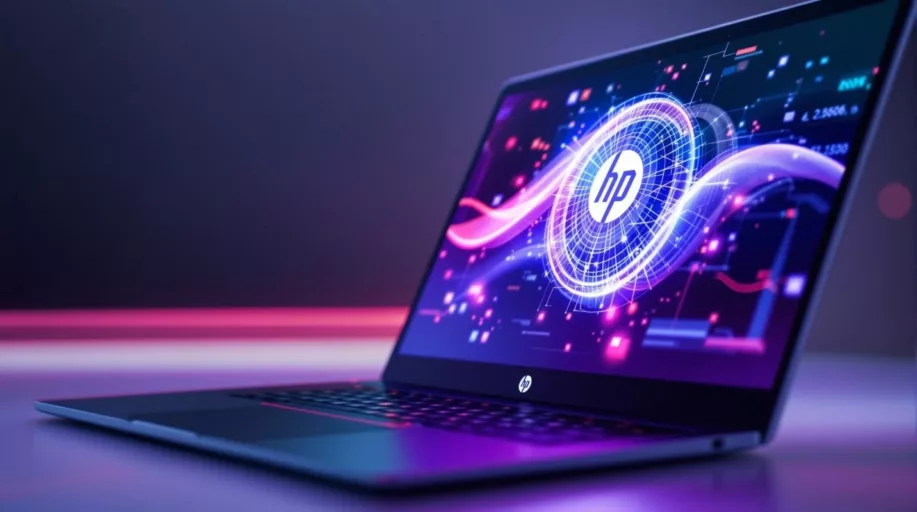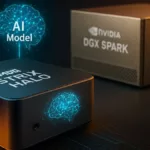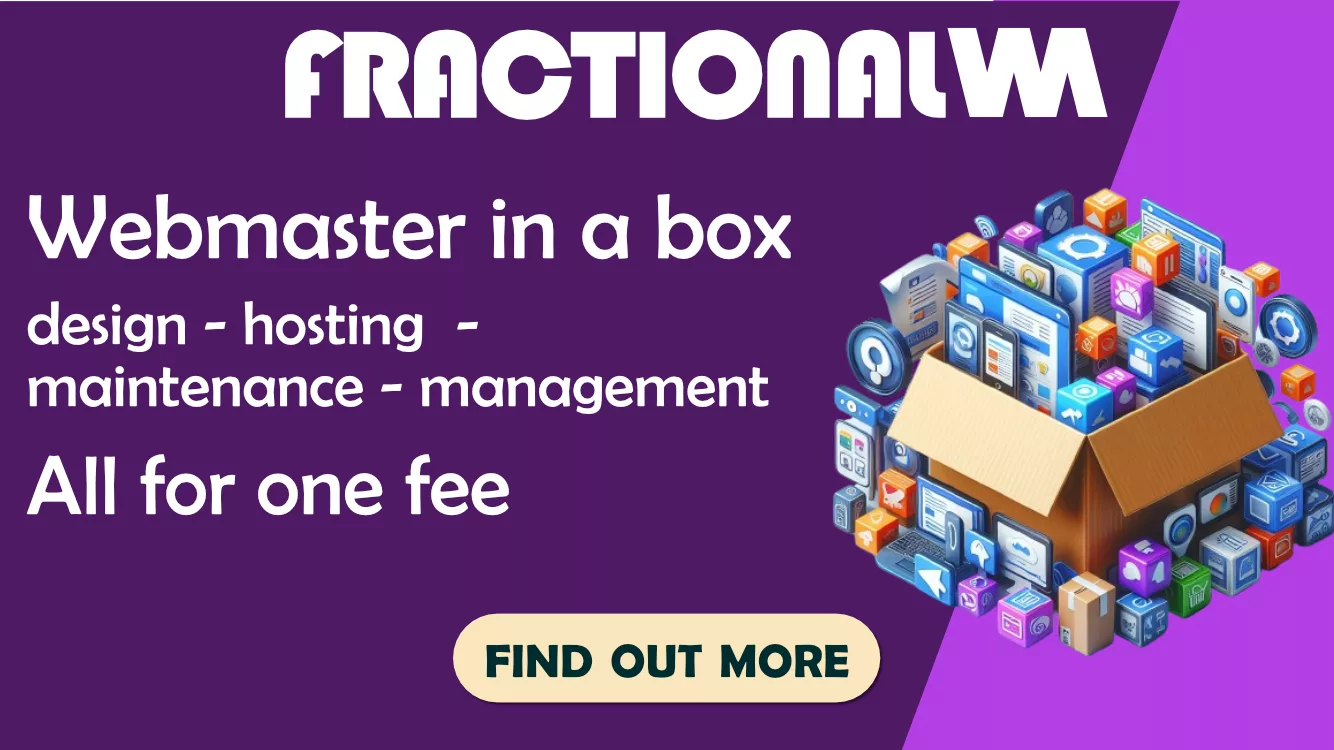If you were looking for signs that the tech hardware slump is truly over, look no further than Palo Alto. In a market where competitors are still blaming macroeconomic headwinds and post-pandemic hangovers, HP Inc. just delivered a masterclass in execution. With the release of its Fiscal 2025 Q4 results showing a net revenue of $55.3 billion—up 3.2% year-over-year (YOY)—HP hasn’t just survived the turbulence; it has engineered a smoother flight path entirely.
The headline numbers are solid: $14.6 billion in Q4 revenue alone and a healthy $1.9 billion returned to shareholders in 2025. But reading the balance sheet is only half the story. To understand why HP is posting its sixth consecutive quarter of revenue growth while others struggle to find footing, you have to look at the three pillars supporting this resurgence: a leadership culture that treats employees like family, a supply chain strategy that borders on clairvoyant and an aggressive, practical integration of Artificial Intelligence (AI).
It is becoming increasingly rare in the Fortune 100 to find a company where the phrase “our team” feels like more than a press release platitude. Yet, listening to CEO Enrique Lores and CFO Karen Parkhill discuss these results, the focus on the human element is palpable. Lores attributed the FY25 success directly to the “strength of our team in a dynamic environment,” a sentiment that echoes through the company’s halls.
In an era where tech layoffs have become a quarterly ritual for many giants, HP’s approach to its workforce has centered on stability and empowerment. By doubling down on its “Future of Work” strategy, HP hasn’t just built tools for flexible work; it has lived it. The company’s internal culture seems to have pivoted back to the roots of the original “HP Way”—where employees are treated less like cogs in a P&L statement and more like extended family members.
This isn’t just warm fuzzies; it’s a competitive moat. When employees feel secure and valued, retention rates rise and institutional knowledge is preserved. The “disciplined execution” that Lores cites for the upcoming FY26 isn’t coming from a terrified workforce crunching overtime; it’s coming from a motivated staff that buys into the vision. You can see this in the consistency of their execution—meeting or beating outlooks in both GAAP and non-GAAP EPS ($0.84 and $0.93 respectively for Q4). That kind of precision requires a workforce that is locked in, communicated with and cared for.
The Crystal Ball: Anticipatory Inventory Management
If culture is the heart of HP’s 2025 success, the supply chain is its central nervous system. Two years ago, as global logistics snarled and chip shortages halted production lines worldwide, HP began quietly retooling its approach to inventory. The results of that shift are now aggressively visible in the Q4 numbers.
While competitors are currently bleeding cash due to warehousing costs or fire-selling obsolete stock, HP’s inventory management has been nothing short of surgical. Accounts receivable ended the quarter at $5.7 billion, but the real star is the inventory metric: ending the quarter at $8.5 billion, with days of inventory (DOI) dropping to 66 days—down 2 days quarter-over-quarter.

This doesn’t happen by accident. It happens through “anticipatory management.” HP isn’t just reacting to orders; it is predicting them. By leveraging advanced data analytics to forecast demand spikes (specifically in the commercial sector that saw a 7% rise in Personal Systems revenue), HP ensured it had exactly what it needed—no more, no less.
This “Goldilocks” inventory level—not too hot, not too cold—allowed HP to navigate the pricing wars that decimated margins elsewhere. It avoided the panic-ordering that leads to bloat, and the hesitation that leads to stockouts. The result? A robust $1.5 billion in free cash flow in Q4 alone. That creates a war chest that allows HP to return cash to shareholders and invest in R&D while rivals are paying rent on warehouses full of unsold goods.
The AI Engine: Enhancing Productivity and Loyalty
The third leg of this stool is, inevitably, Artificial Intelligence (AI). But unlike the vaporware promises floating around Silicon Valley, HP’s AI strategy is grounded in hardware and tangible metrics. The company has aggressively pivoted its Personal Systems portfolio toward the “AI PC”—devices with dedicated NPUs (Neural Processing Units) capable of running local AI models.
CEO Enrique Lores noted the acceleration of innovation across “AI-powered devices,” and the financial impact is clear. Personal Systems net revenue jumped 8% to $10.4 billion. This isn’t just a hardware refresh cycle; it’s a productivity revolution. By integrating AI both internally to streamline operations and externally into the products it sells, HP has tapped into a new vein of customer loyalty.

For the customer, an AI-enabled HP device means faster workflows, better security and on-device processing that protects privacy. For HP, it means higher Average Selling Prices (ASPs) and a stickier ecosystem. But the internal use of AI is just as critical. Parkhill mentioned investing in “AI-enabled initiatives to accelerate product innovation.” This implies that HP is using the very tools it sells to design the next generation of tools, creating a virtuous cycle of productivity.
This focus on AI has also shielded HP from the worst of the printing decline. While Printing net revenue was down 4%, the operating margin in that segment remains a massive 18.9%. How? Likely through AI-driven optimization of subscription models and supply routing, squeezing maximum value out of a mature market while the Personal Systems division drives top-line growth.
Wrapping Up
As we look toward Fiscal 2026, HP stands as a case study in resilience. It has managed to grow revenue to $55.3 billion in a volatile economy not by chasing every passing trend, but by focusing on fundamentals: people, product flow and practical innovation.
HP has returned $1.9 billion to its shareholders not by gutting the company, but by running it better. It has navigated supply chain hell by predicting the future rather than reacting to the present. And it has embraced AI not as a magic wand, but as a power tool.
For investors and industry watchers, the message from HP’s Q4 is clear: The “Future of Work” isn’t a destination HP is waiting for. It’s a reality HP is already manufacturing, shipping and cashing in on.






